Home>Gardening & Outdoor>Landscaping Ideas>What Do I Put In My Raised Garden Bed
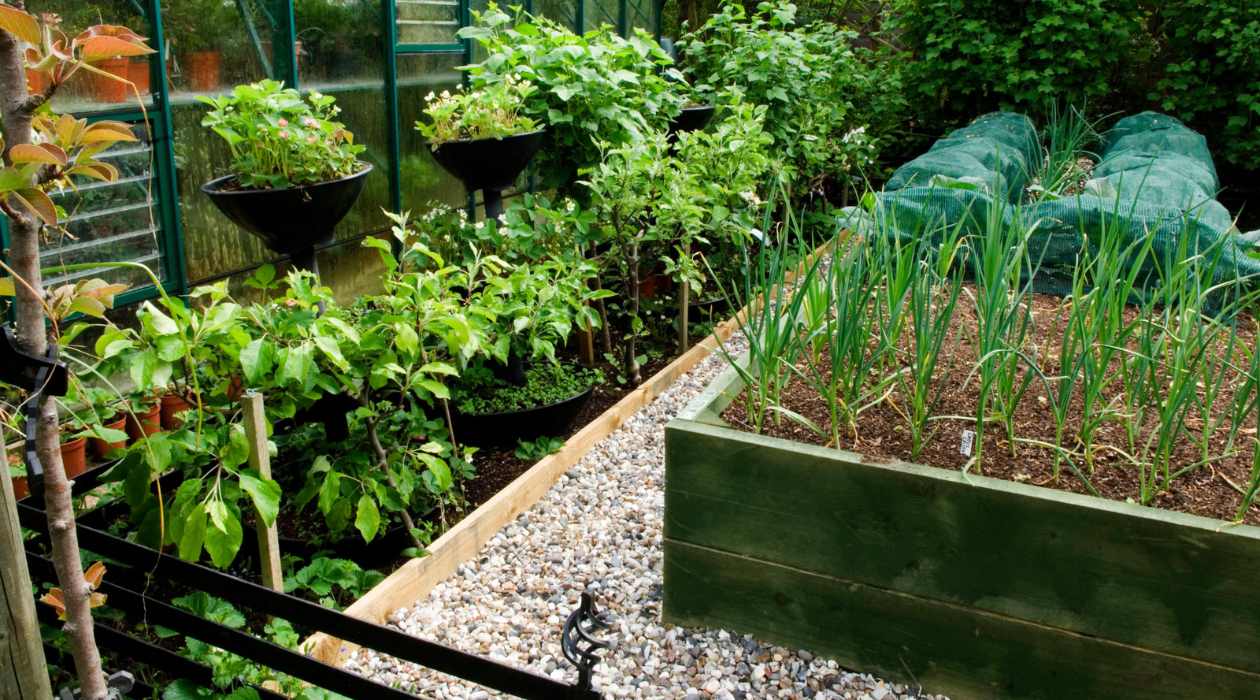

Landscaping Ideas
What Do I Put In My Raised Garden Bed
Modified: February 18, 2024
Discover the best landscaping ideas for your raised garden bed. Get expert tips on what to plant and how to design your perfect garden space. Start your gardening journey today!
(Many of the links in this article redirect to a specific reviewed product. Your purchase of these products through affiliate links helps to generate commission for Storables.com, at no extra cost. Learn more)
Selecting the Right Soil
Selecting the right soil is a crucial step in creating a thriving raised garden bed. The soil in your raised bed serves as the foundation for the health and growth of your plants. It's essential to choose a soil mixture that provides adequate nutrients, drainage, and aeration for optimal plant development.
When it comes to selecting soil for your raised garden bed, it's important to prioritize quality and composition. Here are some key factors to consider:
-
Nutrient-Rich Soil: Opt for a high-quality soil mix that is rich in organic matter and essential nutrients. Look for a well-balanced blend that includes components such as compost, peat moss, and aged manure. These organic materials contribute to the soil's fertility, providing a favorable environment for plant roots to thrive.
-
Good Drainage: Proper drainage is essential for preventing waterlogged soil, which can lead to root rot and other issues. Choose a soil mix that contains coarse materials like perlite or vermiculite to promote adequate drainage. This helps prevent water from accumulating around the roots, ensuring that your plants receive the right balance of moisture and oxygen.
-
Adequate Aeration: Plants require oxygen at their root zone for healthy growth. A well-aerated soil mix allows for the movement of air and the exchange of gases within the soil. Look for a soil blend that incorporates materials like coarse sand or perlite to enhance aeration, creating a favorable environment for root development.
-
pH Balance: Consider the pH level of the soil mix, as it can significantly impact plant growth. Most vegetables and flowers thrive in slightly acidic to neutral soil. Testing the pH of the soil and amending it as needed ensures that your plants have an optimal growing environment.
By carefully selecting a nutrient-rich soil mix with good drainage, adequate aeration, and a balanced pH, you can lay the groundwork for a successful raised garden bed. This thoughtful approach to soil selection sets the stage for healthy plant growth and bountiful harvests.
In the next section, we'll delve into the process of choosing the best plants for your raised garden bed, complementing the ideal soil conditions you've established.
Key Takeaways:
- Choosing the right soil for your raised garden bed is crucial. Look for nutrient-rich soil with good drainage and adequate aeration to create a healthy environment for your plants to thrive.
- Selecting the best plants, providing fertilizer and compost, mulching for moisture retention, and managing weeds and pests are essential steps to ensure a successful and flourishing raised garden bed.
Read more: What Do I Need For A Raised Garden Bed
Choosing the Best Plants
Selecting the right plants for your raised garden bed is a pivotal decision that can significantly impact the success of your gardening endeavors. When choosing plants for your raised bed, it's essential to consider factors such as climate, sunlight exposure, and the specific needs of individual plant varieties. By carefully curating a diverse selection of plants, you can create a vibrant and productive garden bed that thrives throughout the growing season.
Consider Your Climate and Growing Zone
Before choosing plants for your raised garden bed, it's important to consider your local climate and growing zone. Different plants thrive in specific climatic conditions, so it's crucial to select varieties that are well-suited to your region. Take note of the average frost dates, temperature ranges, and seasonal weather patterns in your area to inform your plant selection. This ensures that the plants you choose are resilient and adapted to the local climate, increasing their chances of flourishing in your raised bed.
Assess Sunlight Requirements
Understanding the sunlight requirements of different plant species is essential for creating a harmonious garden bed. Some plants thrive in full sun, while others prefer partial shade or full shade. Take note of the sunlight exposure in your garden area throughout the day and select plants that align with the available light conditions. By strategically placing sun-loving and shade-tolerant plants within your raised bed, you can optimize the use of available sunlight and create a balanced and visually appealing garden space.
Explore Plant Companionship
Incorporating companion planting principles can enhance the health and productivity of your raised garden bed. Certain plant combinations exhibit mutually beneficial relationships, such as pest deterrence, improved pollination, and enhanced nutrient uptake. Research companion planting strategies to discover plant pairings that complement each other's growth habits and contribute to a thriving garden ecosystem. By strategically intermingling compatible plant species, you can create a dynamic and mutually supportive environment within your raised bed.
Read more: What To Put In A Raised Garden Bed For Soil
Embrace Diversity and Variety
Diversity is key to a vibrant and resilient garden bed. Embrace a diverse selection of plants, including vegetables, herbs, flowers, and ornamental varieties, to create a visually captivating and multifunctional space. Incorporating a variety of plant species not only adds aesthetic appeal but also promotes ecological balance and resilience. By cultivating a diverse array of plants, you can attract beneficial insects, support pollinators, and create a dynamic ecosystem within your raised garden bed.
Tailor Plant Selection to Your Preferences
Consider your personal preferences and gardening goals when choosing plants for your raised bed. Whether you aspire to cultivate a bountiful vegetable garden, create a fragrant herb oasis, or adorn your space with colorful blooms, aligning your plant selection with your preferences ensures a rewarding and enjoyable gardening experience. Select plants that resonate with your aesthetic, culinary, and sensory preferences, allowing you to cultivate a garden bed that brings you joy and fulfillment.
By carefully considering your climate, sunlight exposure, companion planting opportunities, diversity, and personal preferences, you can thoughtfully curate a selection of plants that thrive in your raised garden bed. This intentional approach to plant selection sets the stage for a flourishing and harmonious garden space, where each plant contributes to the overall beauty and productivity of the raised bed.
Adding Fertilizer and Compost
Incorporating fertilizer and compost into your raised garden bed is a fundamental practice that nourishes the soil and provides essential nutrients to support robust plant growth. Fertilizer and compost serve as vital components in maintaining soil fertility, promoting microbial activity, and fostering a healthy ecosystem within your garden bed.
The Role of Fertilizer
Fertilizers are valuable sources of essential nutrients that plants require for their development. Nitrogen, phosphorus, and potassium are primary components found in most fertilizers, each playing a distinct role in supporting plant health. Nitrogen facilitates leafy green growth, phosphorus contributes to root development and flower production, while potassium aids in overall plant vigor and disease resistance.
When selecting a fertilizer for your raised garden bed, consider the specific needs of the plants you are cultivating. Different plant varieties may require varying levels of nutrients at different stages of growth. Additionally, organic fertilizers derived from natural sources, such as composted manure, fish emulsion, or bone meal, offer a sustainable and environmentally friendly approach to nourishing your plants.
Harnessing the Power of Compost
Compost is often referred to as "black gold" in the gardening world due to its remarkable ability to enrich the soil and enhance its structure. Compost is a nutrient-rich organic matter that results from the decomposition of kitchen scraps, yard waste, and other organic materials. When incorporated into the soil, compost improves its texture, promotes beneficial microbial activity, and enhances moisture retention.
Integrating compost into your raised garden bed introduces a wealth of benefits. It enhances soil fertility, encourages the proliferation of beneficial soil organisms, and contributes to the overall resilience of your garden ecosystem. Furthermore, compost serves as a sustainable way to recycle organic waste, reducing the environmental impact while fortifying the health of your garden soil.
Application Techniques
When adding fertilizer and compost to your raised garden bed, it's essential to distribute these amendments evenly to ensure that all plants receive the necessary nutrients. Incorporate the fertilizer and compost into the top few inches of the soil, gently mixing them to promote uniform distribution. Additionally, consider layering compost on the soil surface as a mulch to gradually release nutrients and improve moisture retention.
Regularly replenishing the soil with compost and organic fertilizers throughout the growing season sustains the fertility of your raised bed, providing a continuous supply of nutrients to support plant growth and productivity. By adopting a mindful approach to fertilization and composting, you can cultivate a thriving garden bed teeming with healthy, vibrant plants.
In the subsequent section, we'll explore the significance of mulching in a raised garden bed and its impact on moisture retention and weed suppression.
Mulching for Moisture Retention
Mulching serves as a pivotal practice in maintaining optimal moisture levels within a raised garden bed, playing a crucial role in supporting plant health and vitality. By applying a layer of mulch to the soil surface, gardeners can effectively conserve moisture, regulate soil temperature, suppress weed growth, and enhance the overall resilience of their garden bed ecosystem.
Benefits of Mulching
Mulching offers a myriad of benefits, with moisture retention standing as a primary advantage. The layer of mulch acts as a protective barrier, shielding the soil from excessive evaporation caused by sun exposure and wind. This helps to maintain consistent soil moisture levels, reducing the frequency of watering while ensuring that plant roots have access to the necessary hydration for sustained growth.
Furthermore, mulch serves as an insulating layer, moderating soil temperature fluctuations. In hot weather, mulch helps to prevent the soil from overheating, safeguarding plant roots from stress and dehydration. During cooler periods, mulch provides a buffer against temperature extremes, fostering a stable and conducive environment for root development.
Read more: What Is A Raised Garden Bed
Types of Mulch
A diverse array of materials can be utilized as mulch in a raised garden bed, each offering unique benefits and aesthetic appeal. Organic mulches, such as shredded bark, straw, and compost, gradually decompose over time, enriching the soil with organic matter and nutrients. Inorganic mulches, such as gravel or landscape fabric, provide long-lasting weed suppression and moisture retention benefits.
Application Techniques
When applying mulch to your raised garden bed, ensure that the soil is adequately moist to maximize the benefits of mulching. Spread a layer of mulch, approximately 2-4 inches thick, across the soil surface, taking care to leave a small gap around the base of plants to prevent moisture-related issues.
Regularly replenishing the mulch layer as it decomposes maintains its effectiveness in moisture retention and weed suppression. Additionally, integrating organic mulches into the soil over time contributes to the improvement of soil structure and fertility, further enhancing the long-term health of your garden bed.
By embracing mulching as a fundamental practice in your raised garden bed, you can create a resilient and moisture-efficient environment that supports the flourishing of your plants while minimizing water usage and weed proliferation. This thoughtful approach to moisture retention through mulching fosters a sustainable and thriving garden bed, promoting the long-term health and productivity of your cultivated plants.
Providing Adequate Watering
Ensuring that your plants receive adequate water is essential for their growth and overall well-being. In a raised garden bed, proper watering practices play a pivotal role in sustaining the health and productivity of the cultivated plants. By implementing mindful watering techniques and understanding the specific moisture needs of different plant varieties, you can create an optimal environment that supports robust growth and bountiful harvests.
The frequency and method of watering your raised garden bed depend on various factors, including the prevailing weather conditions, the types of plants being cultivated, and the characteristics of the soil. It's crucial to strike a balance, providing sufficient moisture without overwatering, which can lead to root suffocation and disease susceptibility.
One effective approach to gauge the need for watering is to monitor the moisture levels in the soil. This can be done by inserting a finger into the soil to assess its moisture content. Additionally, utilizing moisture meters or observing visual cues such as wilted leaves or dry surface soil can help determine when watering is necessary.
When watering your raised garden bed, aim to deliver water directly to the root zone of the plants. This can be achieved through techniques such as drip irrigation, soaker hoses, or careful hand-watering. By targeting the root area, you can ensure that the plants receive the necessary hydration while minimizing water loss through evaporation.
Incorporating a layer of mulch on the soil surface aids in moisture retention, reducing the frequency of watering and promoting a more consistent soil moisture level. Mulch acts as a protective barrier, shielding the soil from excessive evaporation and helping to maintain a stable growing environment for the plants.
Consider the specific water requirements of the plants in your raised bed, taking into account factors such as their stage of growth, sunlight exposure, and individual moisture preferences. Some plants may thrive in drier conditions, while others require more frequent watering. Tailoring your watering regimen to accommodate the diverse needs of the plant species fosters an environment where each plant can flourish according to its unique requirements.
By providing adequate watering tailored to the specific needs of your plants and the prevailing environmental conditions, you can create an optimal growing environment within your raised garden bed. This mindful approach to watering supports the overall health and resilience of your cultivated plants, contributing to a thriving and productive garden space.
Managing Weeds and Pests
Effectively managing weeds and pests is essential for maintaining the health and productivity of your raised garden bed. Unchecked weed growth can compete with your plants for essential nutrients, water, and sunlight, while pests can cause damage and compromise the overall well-being of your cultivated plants. By implementing proactive strategies and mindful practices, you can create a resilient and thriving garden bed that is less susceptible to weed infestations and pest-related issues.
Weed Management
Weeds can quickly take hold in a garden bed, impacting the growth and vitality of your plants. Employing proactive weed management techniques is crucial for preserving the health and aesthetics of your raised bed. Here are some effective strategies for managing weeds:
-
Mulching: Maintaining a layer of mulch on the soil surface acts as a natural barrier, suppressing weed growth by blocking sunlight and hindering weed seed germination. Organic mulches, such as straw or wood chips, not only provide weed control but also contribute to soil health as they decompose over time.
-
Hand Weeding: Regularly inspecting your garden bed and manually removing weeds by hand is an effective way to prevent weed proliferation. By addressing weeds early on, you can prevent them from establishing a strong foothold and competing with your plants.
-
Use of Landscape Fabric: Installing landscape fabric beneath the mulch can provide an additional layer of weed suppression. This permeable material inhibits weed growth while allowing water and nutrients to penetrate the soil, contributing to a weed-free and healthy garden bed.
Pest Management
Pests pose a significant threat to the well-being of your plants, potentially causing damage and reducing yields. Implementing integrated pest management practices can help mitigate pest-related issues while minimizing the use of chemical interventions. Here are key strategies for managing pests in your raised garden bed:
-
Companion Planting: Incorporating pest-repelling plants and beneficial insect attractors within your garden bed can help deter pests and promote a balanced ecosystem. For example, planting marigolds can deter nematodes, while attracting beneficial insects like ladybugs and lacewings that prey on garden pests.
-
Regular Monitoring: Routinely inspect your plants for signs of pest infestations, such as chewed leaves, discolored foliage, or visible pests. Early detection allows for timely intervention, preventing pest populations from escalating and causing extensive damage.
-
Natural Predators: Encouraging natural predators, such as birds, frogs, and predatory insects, can help control pest populations in your garden bed. Providing habitat elements, such as birdhouses and water sources, creates an inviting environment for these beneficial organisms.
By integrating these proactive weed and pest management strategies into your gardening routine, you can create a resilient and thriving raised garden bed that is less susceptible to weed infestations and pest-related issues. This holistic approach supports the overall health and productivity of your cultivated plants, contributing to a vibrant and flourishing garden space.
Frequently Asked Questions about What Do I Put In My Raised Garden Bed
Was this page helpful?
At Storables.com, we guarantee accurate and reliable information. Our content, validated by Expert Board Contributors, is crafted following stringent Editorial Policies. We're committed to providing you with well-researched, expert-backed insights for all your informational needs.
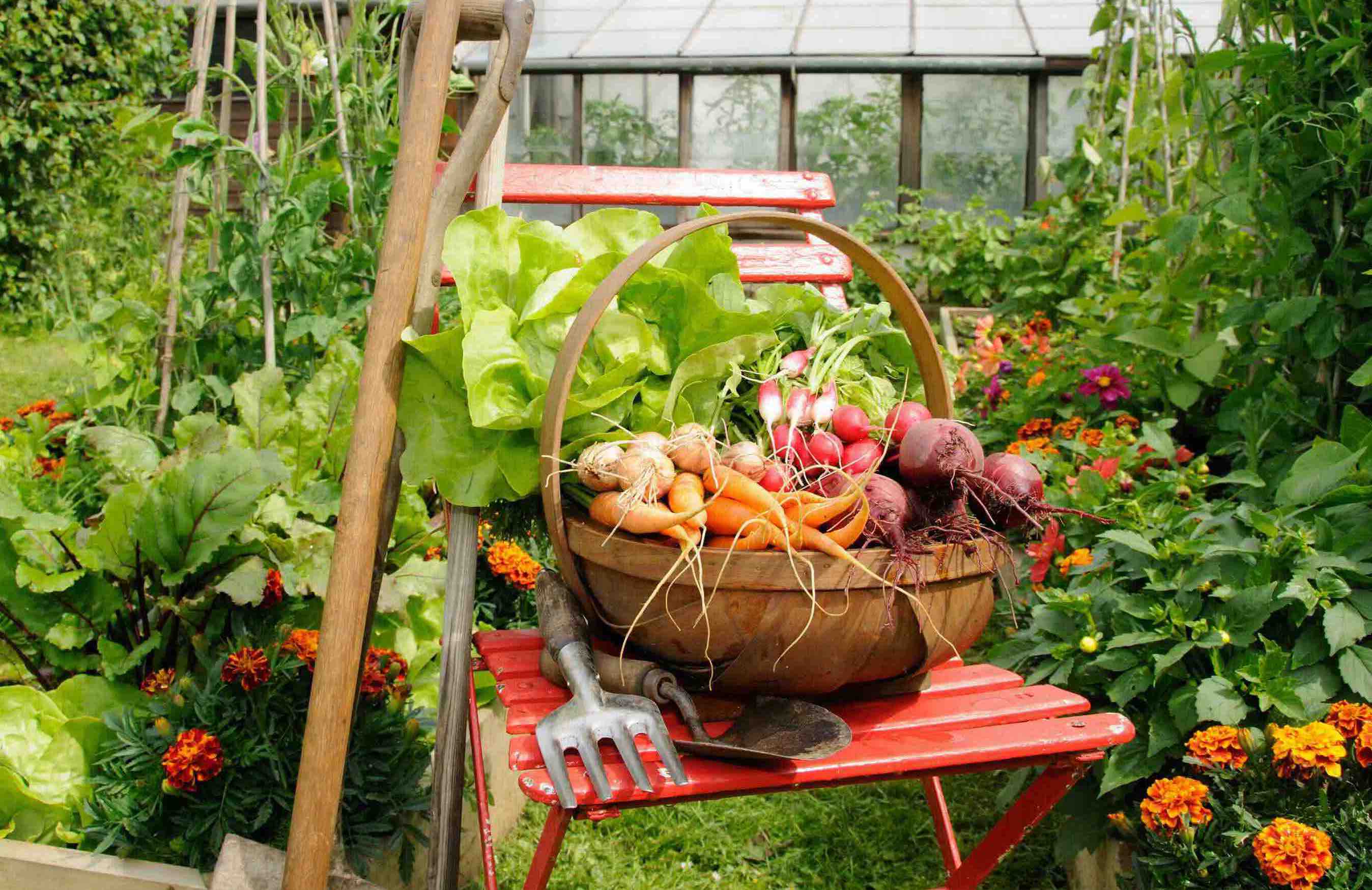
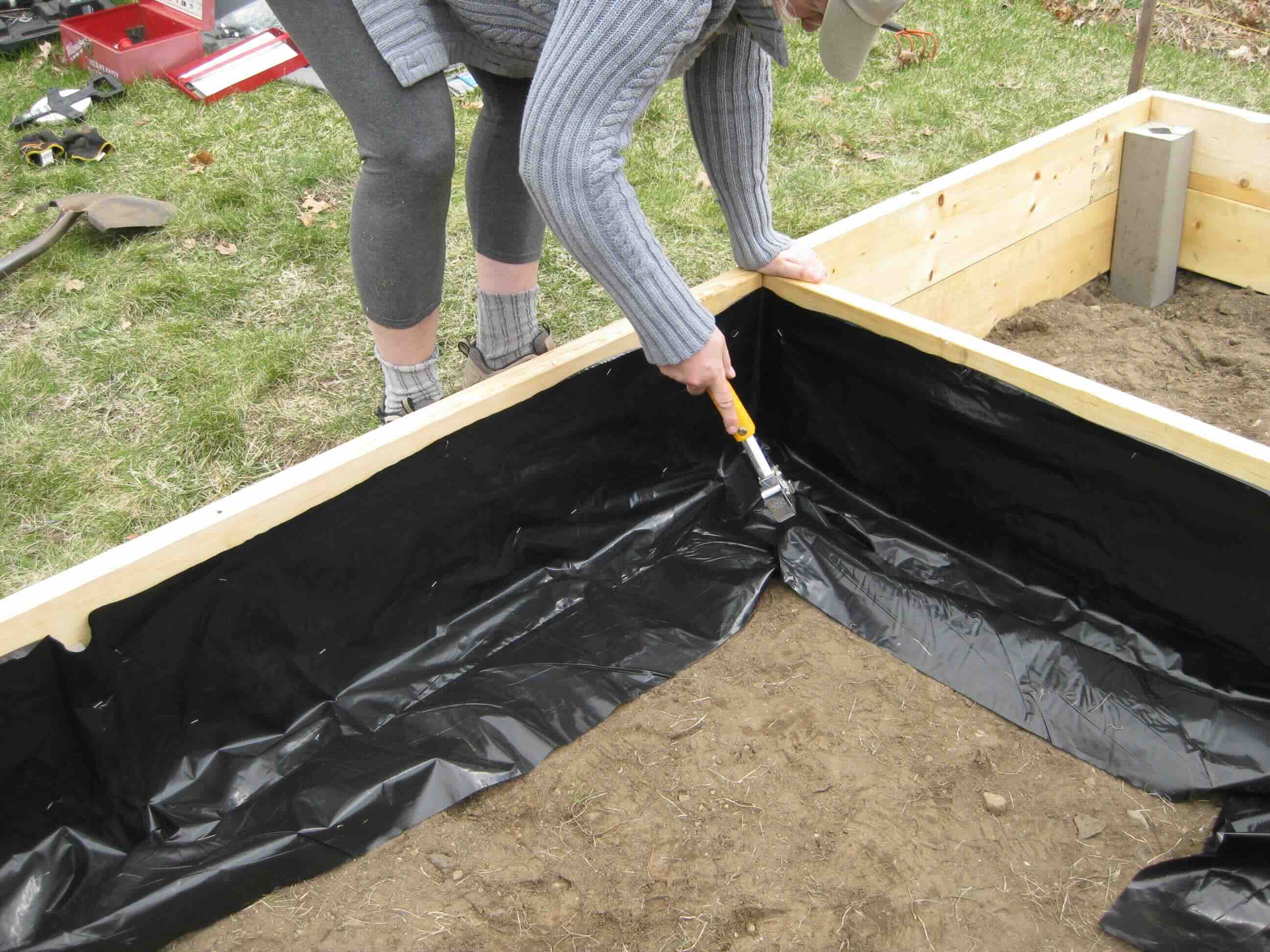
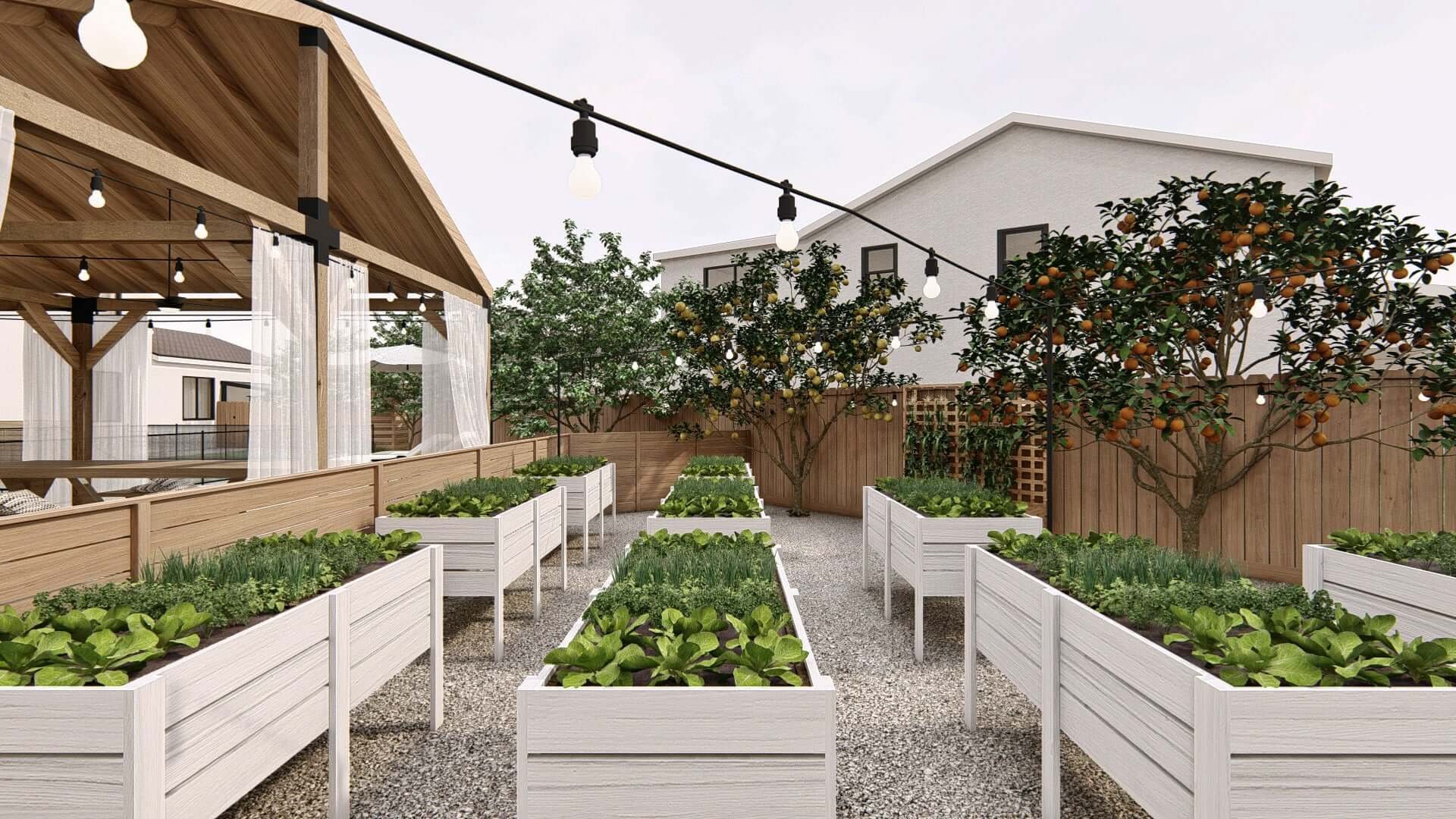
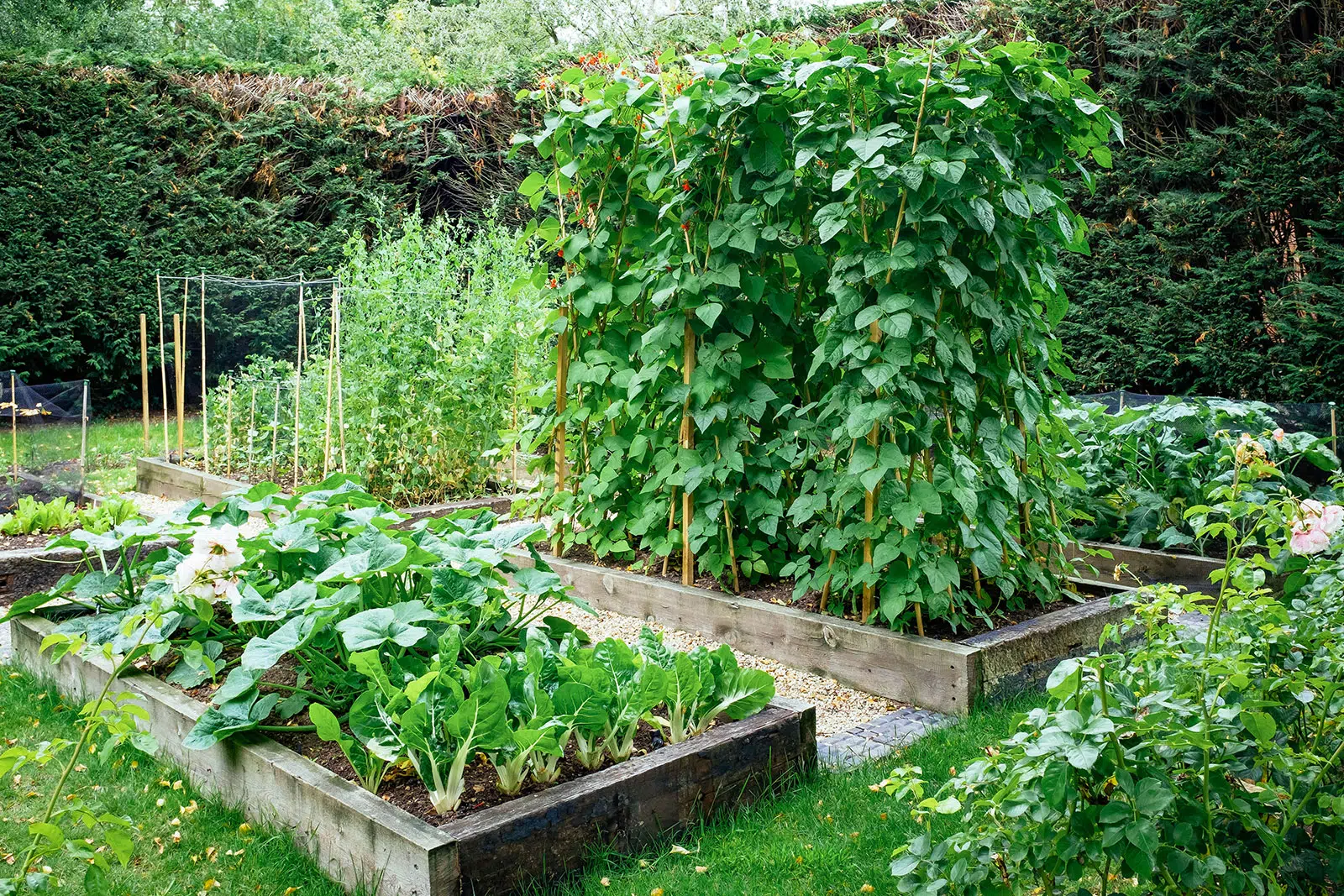
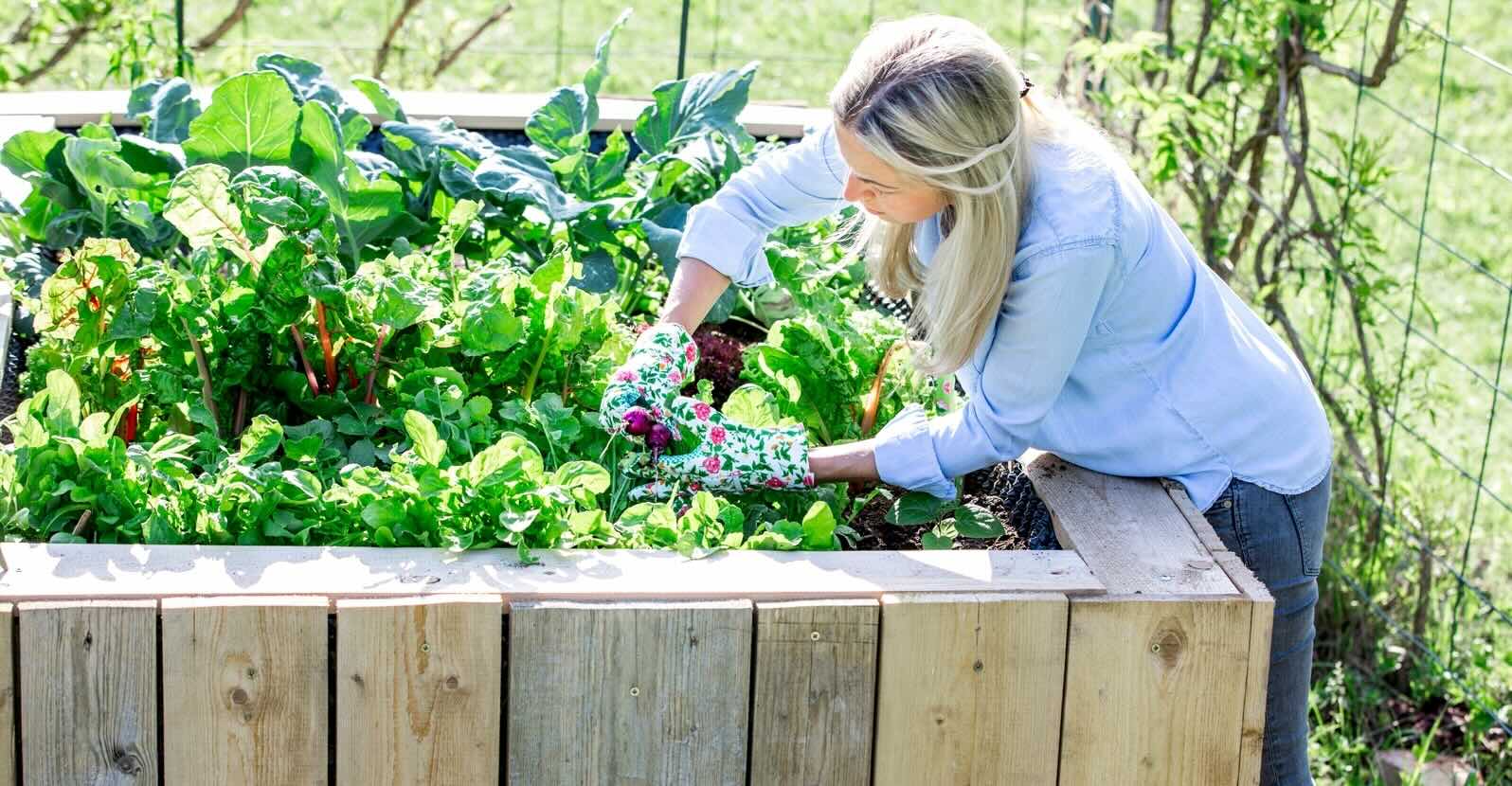
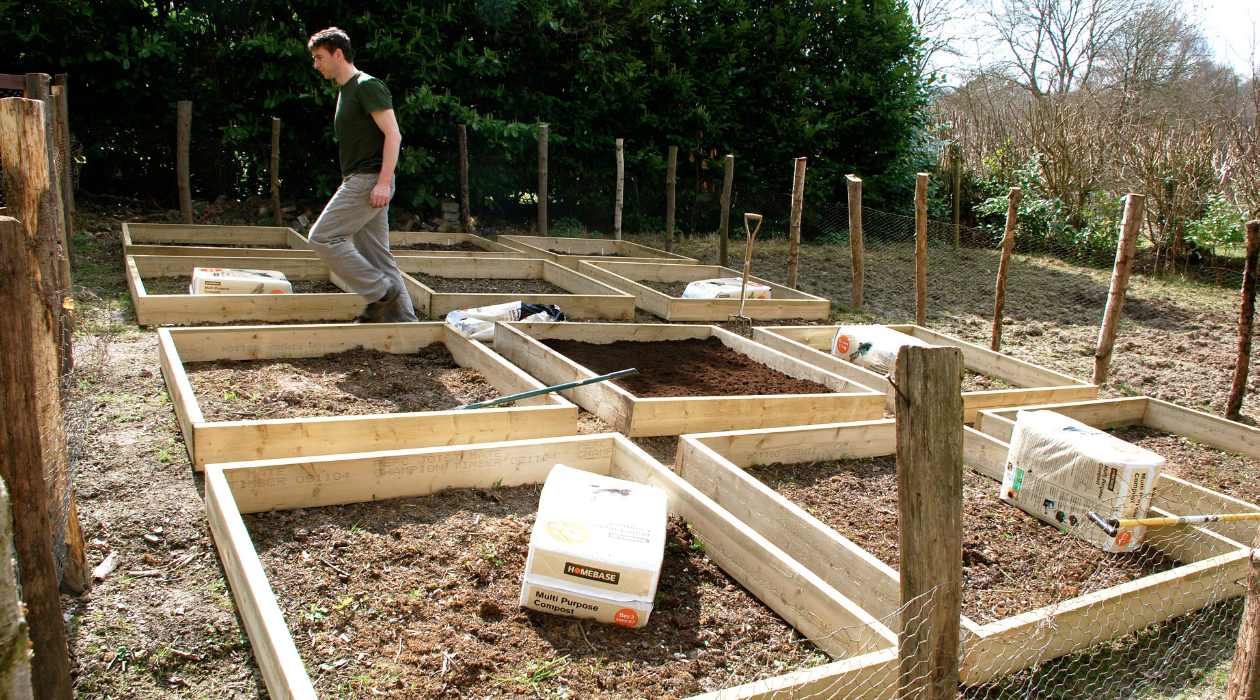
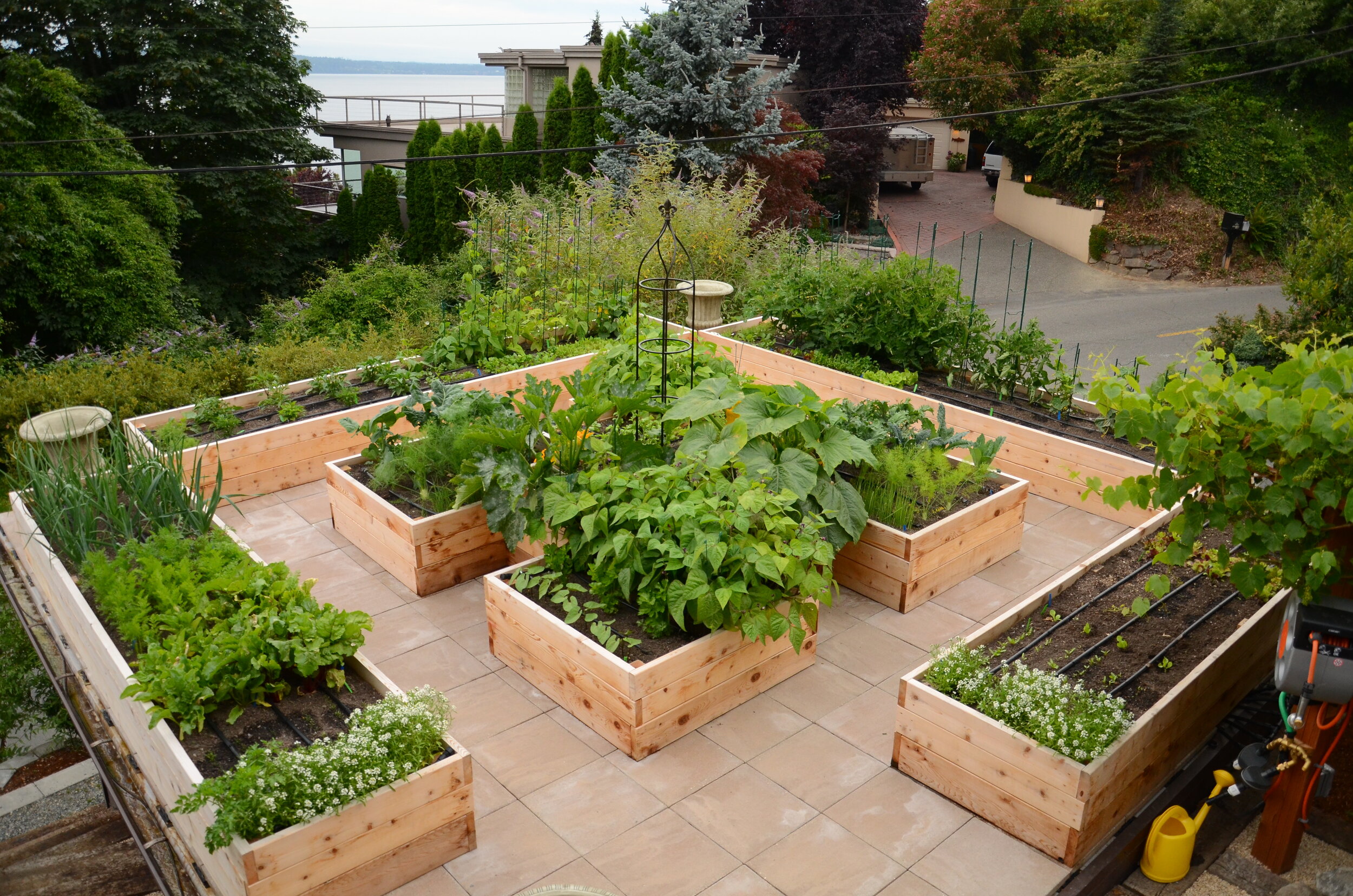
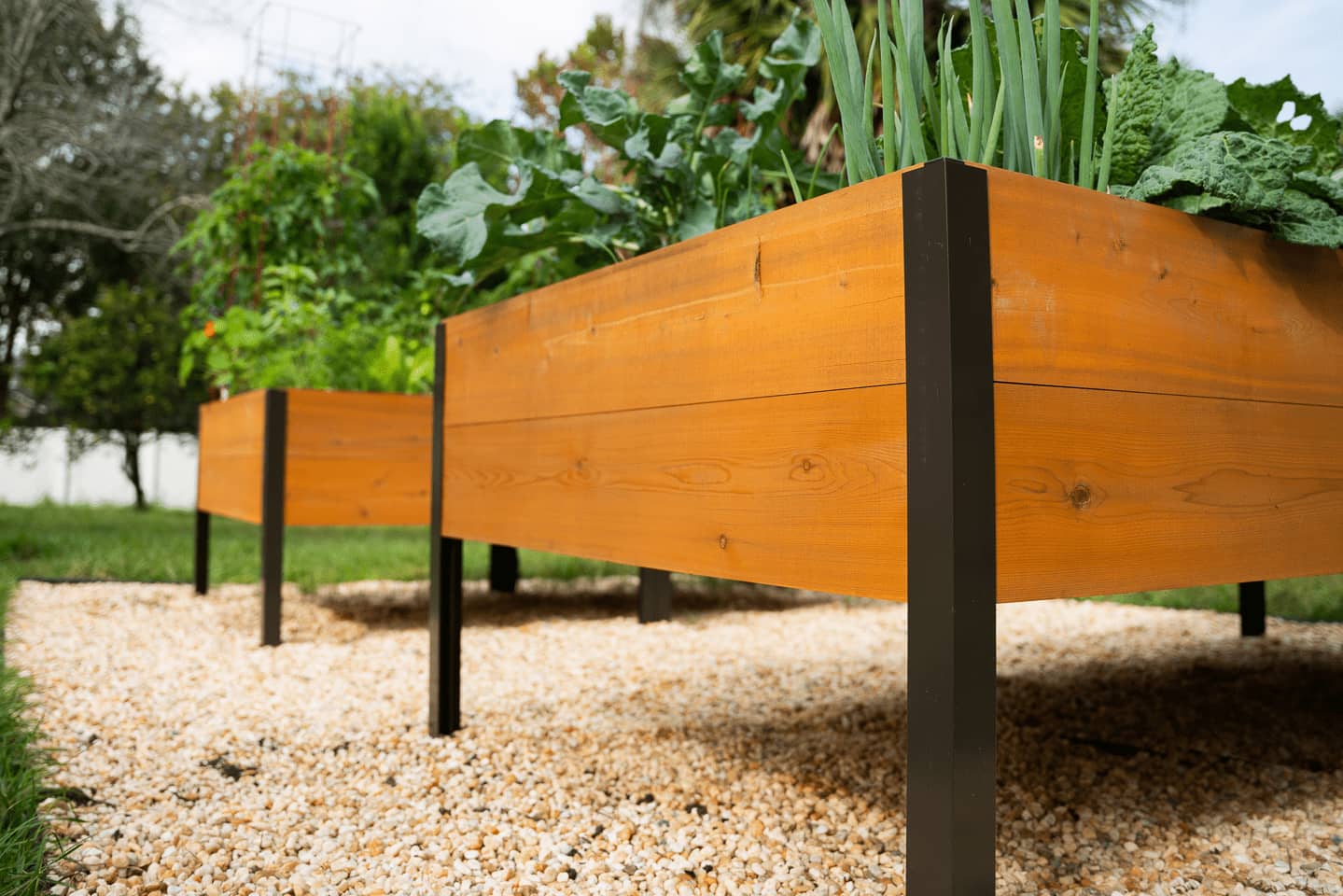
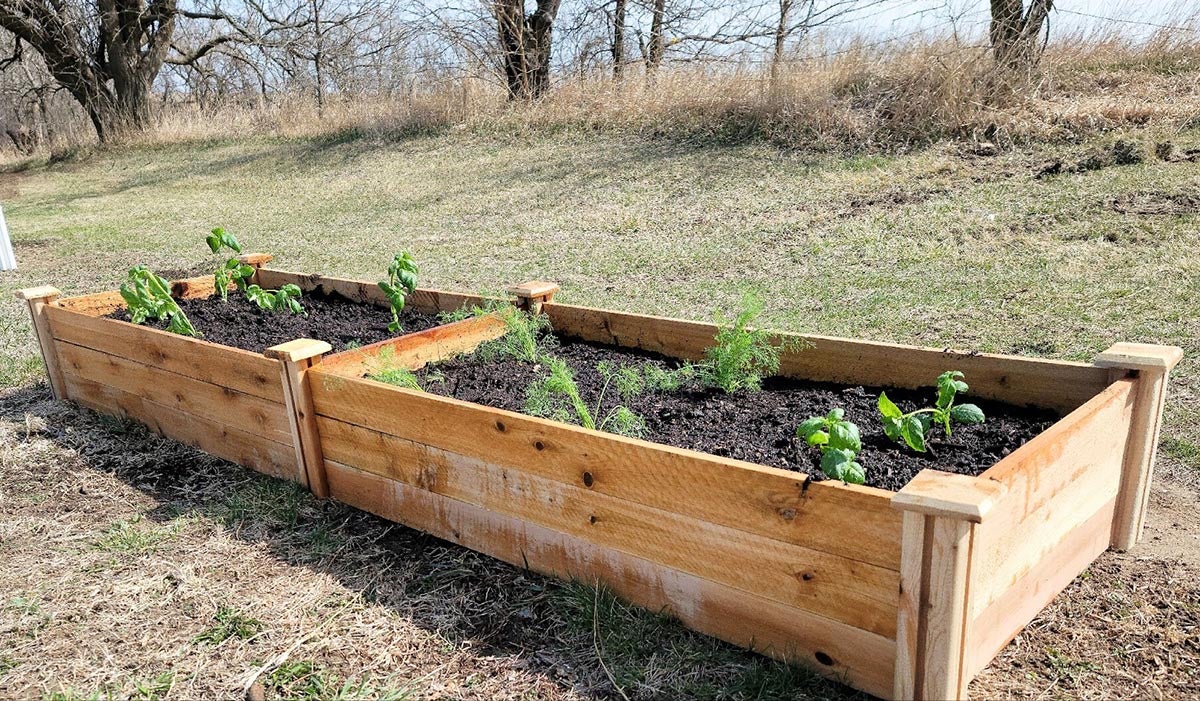

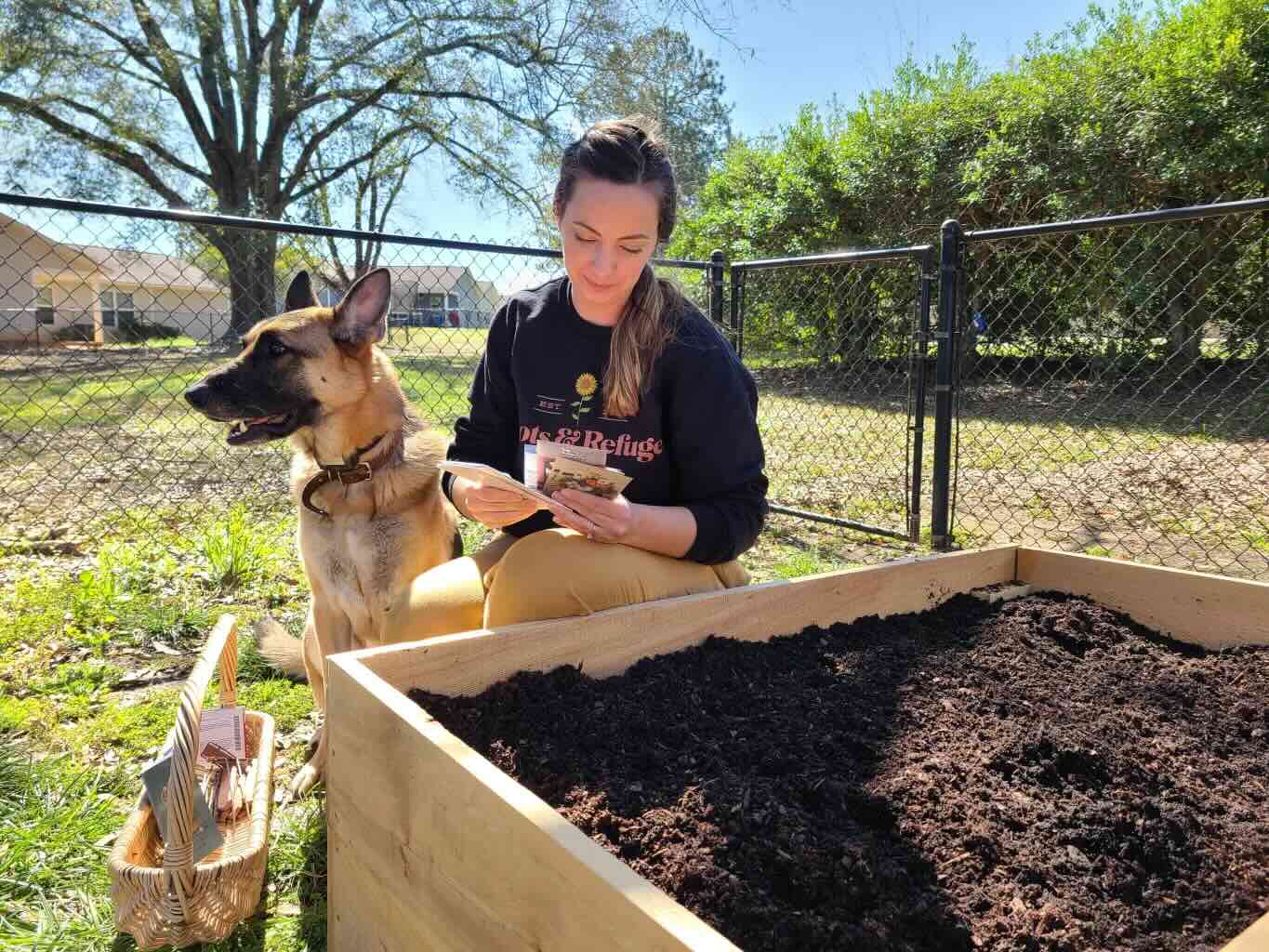

0 thoughts on “What Do I Put In My Raised Garden Bed”